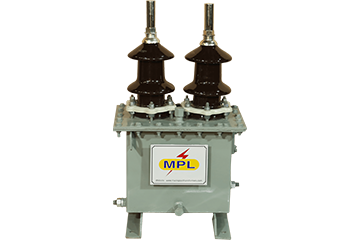Modern infrastructure development requires reliability in energy management. These structures are equipped with electrical components and work with stable and consistent electrical energy. To support energy systems effectively, low voltage metering cubicles (LVMC) have become essential. These cubicles can ensure accurate energy measurement, safety, operational efficiency, and many other power management challenges effectively.
Read this blog in which we will cover all the basic points to understand low-voltage metering cubicles, their uses, and their advantages.
What is a Low Voltage Metering Cubicle?
A Low Voltage Metering Cubicle (LVMC) is an important part of power distribution systems. This component is designed to keep electrical metering equipment safe and secure. These cubicles contain small and compact boxes that are equipped with meters, sensors, switchgear, communication modules, busbars, terminals, protection devices, etc.
All the components of LMVC can monitor, control low-voltage, and measure electricity consumption. Plus, they prevent unwanted access that can affect the performance of electrical systems. Besides, the box is made from durable materials that protect the in-housed components from environmental and operational hazards.
Uses of Low Voltage Metering Cubicle
Low Voltage Metering Cubicles are widely used in diverse applications such as power grids and residential, commercial, and industrial setups. Their usage is very wide. These include:
- Electrical load management in industrial and commercial facilities
- Energy monitoring and billing to measure energy consumption
- Connecting grids and end users for safe and efficient energy transfer.
- Monitor and manage energy generated from renewable sources such as solar panels, wind turbines, and other equivalent technologies.
- Protect electrical systems from overloads, short circuits, and other faults
Advantages of Low Voltage Metering Cubicles
There are several advantages to using low-voltage metering cubicles. Just read it below:
- Provide accurate electricity readings that help you with excellent energy and cost management
- Ensure superior protection of electrical components and employees from accidental contact and environmental damage
- The advanced safety features of LVMC, like circuit breakers and surge protectors, enhance safety
- Supports smart grid technology and allows two-way communication
- LVMCs support renewable energy systems by handling bidirectional energy flow
- They can monitor incoming grid and excess energy that is sent back to the grid
In addition to these common benefits of low-voltage metering cubicles, the LVMCs allow remote access and can be controlled with smartphones or computers. This is possible due to the integration of IoT. So, you can get real-time insights into load patterns, energy consumption, and system health.
Also, modern equipment can generate complete reports and predictive insights so you can estimate your energy needs, thereby optimizing usage and detecting inefficiencies.
Not only this, the Low Voltage Metering Cubicle is equipped with digital systems to ensure cybersecurity measures and protect data and control systems. No risks of unauthorized access, but secure operation-sensitive places.
Conclusion
With the information above, it is clear that low-voltage metering cubicles are playing a vital role in the industry. The above information clarifies why businesses are choosing LVMC for their manufacturing establishment. If you are looking for a reliable manufacturer and supplier of LVMCs, then contact Macroplast, a name that has revolutionized the industry by offering world-class voltage transformers.
The Low Voltage Metering Cubicle designed by Macroplast is compact, durable, strong, and long-lasting, and has a modular design and features to enhance safety, ensure proper remote monitoring, and meet regulatory compliance.



